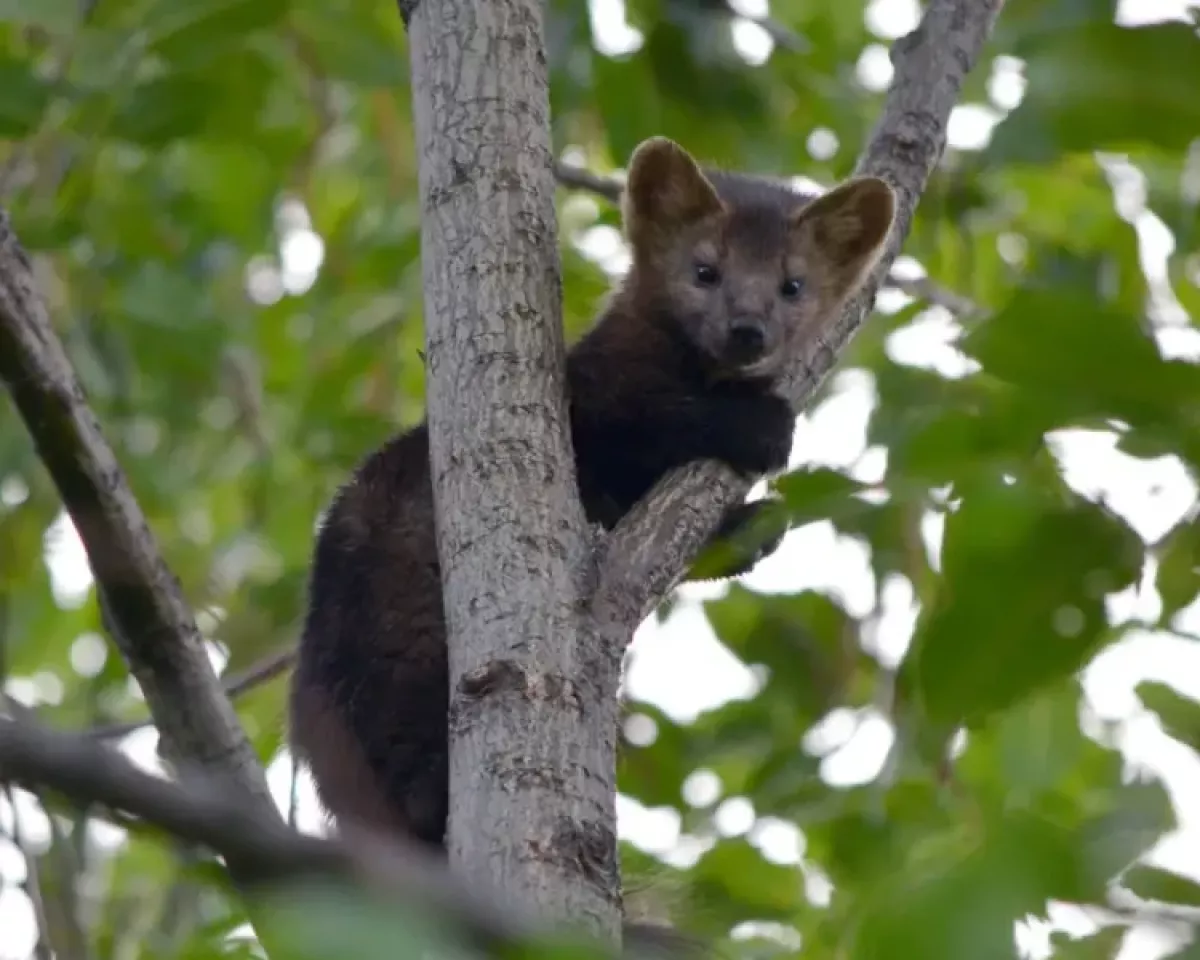Illegal wildlife trade in North Korea: A hidden crisis
Despite North Korea’s strict regulatory appearance, illegal wildlife trade flourishes beneath the surface, turning endangered species into black market commodities. A groundbreaking study by University College London (UCL) has shed light on this underreported issue, revealing how poverty and state complicity fuel biodiversity loss across the region.
Based on interviews with defectors — including former hunters, traders, and buyers — the research exposes a well-organized illicit trade network stretching from North Korea’s forests to Chinese markets. As published by the Earth publication, endangered animals are being hunted, processed, and sold with the government often profiting from their exploitation.
Origins in Economic Collapse
According to the article, the roots of this crisis trace back to North Korea’s economic collapse in the 1990s. As the centralized distribution system failed, widespread food shortages drove citizens to black markets. Wildlife became both sustenance and a source of income. Hunting evolved from a survival tactic into a booming underground trade. Animals such as deer, boars, and red foxes were killed for meat, hides, and bones—many of which were smuggled into China.
Dr. Joshua Elves-Powell, the study’s lead author, linked the increase in wildlife exploitation to dire economic conditions:
“The widespread harvesting of North Korea’s wildlife... is an important threat to the biodiversity of North Korea and the wider region.”
Though North Korea has laws protecting endangered species, the government itself contributes to illegal trade. State-run farms breed animals like otters, pheasants, and Asiatic black bears, not just for local use but for illicit sales. One of the most notorious practices is the farming of bears for bile — a fluid extracted for use in traditional medicine. Despite international condemnation, this brutal trade continues unabated.
According to defectors, citizens were sometimes forced to hand over animal skins to meet state quotas, and even children were made to raise rabbits for military clothing. Deer antlers, once reserved for elites, are now sold to the highest bidder, often exported to China where they’re processed into health supplements.
Badgers, too, have become targets. Once common, they’re now captured and killed for their oil, sold as a miracle remedy in local markets.
Vanishing Species

The sable, once abundant in North Korean forests, is now nearly extinct. Its fur — once frequently traded — has become so rare that sellers now call it “ghost pelt.” Driven by demand in China, hunters risk dangerous river crossings to smuggle sable pelts.
The Amur tiger and leopard face a similar fate. Their parts are coveted as trophies, status symbols, or ingredients in traditional medicine. One defector recalled a single tiger pelt being valuable enough to feed a family for an entire year.
By Nazrin Sadigova








